Photography courtesy of Lowell Washburn, all rights reserved.
Iowa’s deer season ended January 10. Wary, secretive, and highly intelligent, Iowa’s only species of big game is more than willing to provide hunters with a wide array of outdoor challenges. For me, this year’s hunt offered a rich mix of peaks and valleys, highs and lows.
By the time I took up the bow, the seasons were changing and autumn was in full control. The air was crisp and clean, and the past summer was merely a dim, heat and humidity drenched memory.
The annual rut was beginning, and deer movement was crazy. I enjoyed photographing and making videos of several deer, including some smaller bucks. When mid-November rolled around, I arrowed a nice buck with a handmade 45 # longbow. Venison is a family staple, and it is always a blessing when the season’s first deer sits packaged in the freezer.
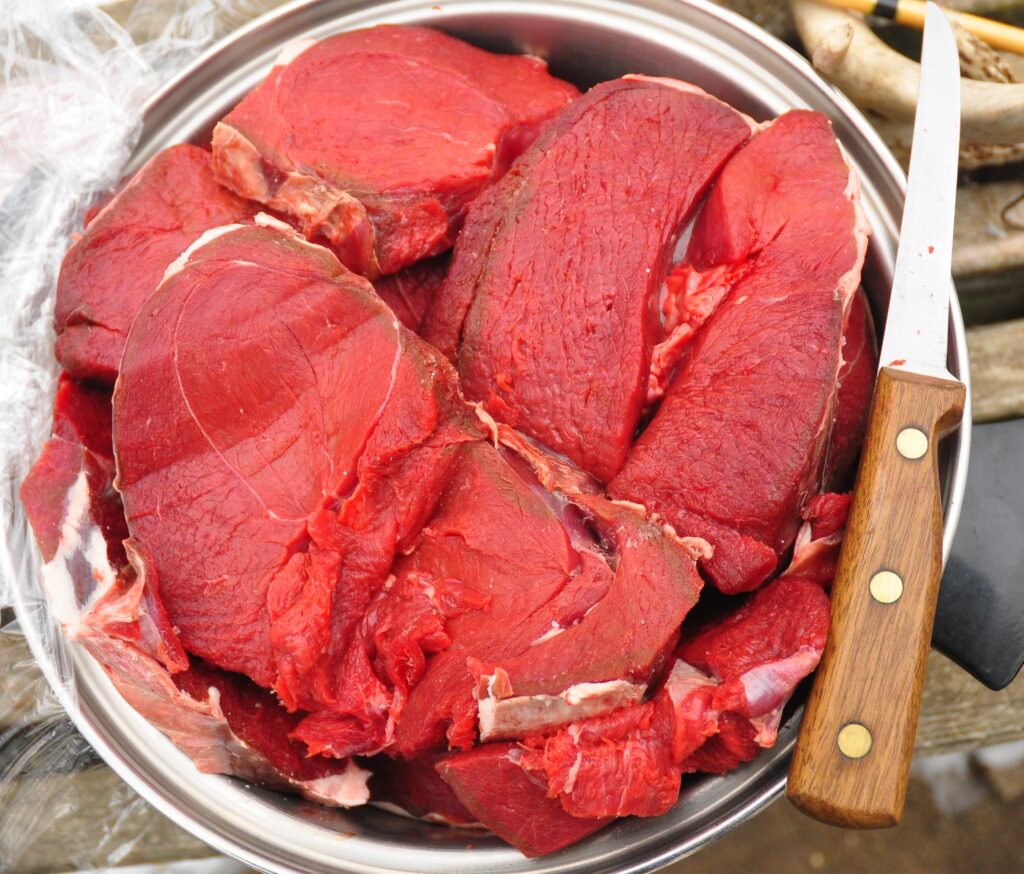
Iowans are allowed to purchase two general season deer tags. When the late muzzleloader season commenced on December 19, I began the quest for a second whitetail. I love late season deer hunting. During most years, the woodlands are covered in snow and there are few things more beautiful than the sight of deer moving against a pristine white backdrop. In addition to muzzleloaders, late season hunters can also use bow and arrow. About half of the late season deer I take are downed with a traditional front stuffing rifle; the other half are bagged with a longbow. Deer hunting just doesn’t get more fun than that.
Of course, Iowa’s late deer seasons are not without challenge. After surviving multiple gun seasons, January white-tails are on hair trigger. Ready to explode at the first snap of a twig, late season deer do not tolerate mistakes. Even the slightest misstep will quickly doom the hunt.
There are also challenges from the weather, and this year was no exception. On December 20, I visited an isolated timber that I had not hunted so far this season. While there I spotted a ginormous ten-point buck on one of the two primary trails that have produced deer in the past. The mighty stag remained out of range and was still unaware of my presence when he eventually moved on.
The next day found me, longbow in hand, perched over the heavily used trail where I thought the buck would surely travel when he left his briar tangled bedding area for the evening feed. A major winter storm system was brewing, and I hoped the impending change in weather would really put some deer on the move.
By mid-afternoon the temperature was dropping and snow had begun to fall. Although I had yet to see a deer, I was confident they would soon appear. But after another 2 ½ hours had passed, the novelty of sitting motionless in a what now had become serious snowfall was beginning to wear off. By the time sunset arrived, melting snow had begun to penetrate my camouflaged bibs and I was getting cold. Darkness descended and I finally left the woods without ever seeing a single deer.
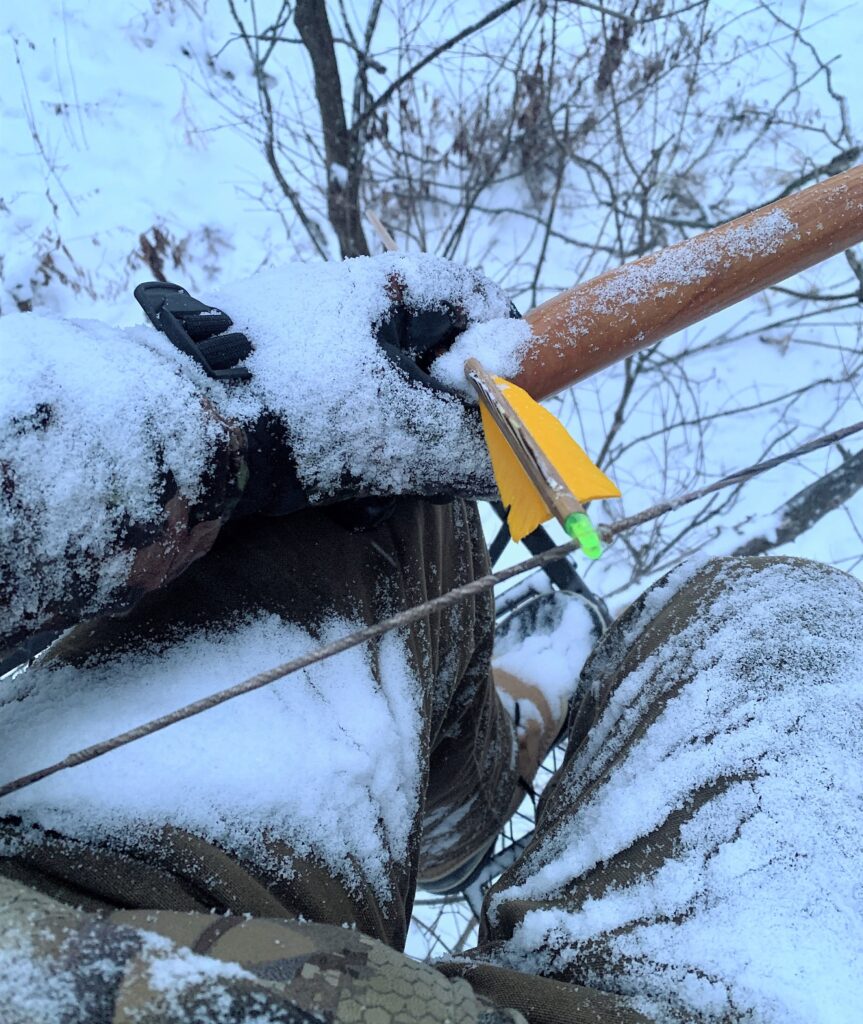
The predicted storm arrived later that night, and it arrived with a vengeance. Northwest winds gusted to 50 mph while wind chills dipped to minus 45. Whiteout blizzard conditions raged for two days, causing the closure of Interstate 35 from Ames to the state’s northern border. Although the Interstate was partially reopened my mid-day Christmas Eve, brutal temperatures and drifting snow persisted. The winds had moderated by Christmas night, and northern Iowa received an additional three inches of glittering, dry snowfall.
All the while, I had been pacing the floor, chomping at the bit to back after that giant ten-pointer. The winter storm was now history, and I thought my time had finally arrived. But the weather had other ideas as the northerly winds made an abrupt turn to the south. Blowing directly into the white-tail bedding area; a south wind was the kiss of death. Like I said, late season deer don’t tolerate mistakes. One whiff of human scent, and the old buck would likely relocate to another area. The ten-point of my dreams would be history.
In the days that followed, temperatures warmed and the wind stubbornly refused to return to the north. My patience, along with the number of days remaining in the season, was beginning to wane. Then, at long last, the breeze shifted. Needless to say, I lost no time in returning to the woods.
I had barely arrived when, in moment that seemed too good to be true, the giant ten-pointer emerged from the woodland. Massive in stature, he was indeed a sight to behold. But there was something missing from this otherwise incredible scene. Those missing components were his huge antlers – both of them.
Dominant, mature bucks stay on the move throughout the rut and by mid-winter they have become lean and mean. Consequently, the biggest bucks are often the first deer to lose their headgear when the weather gets rough. The whiteout blizzard and forty below wind chills endured during late December must have provided a physiological alert that it was time for the buck to drop what he no longer needed.
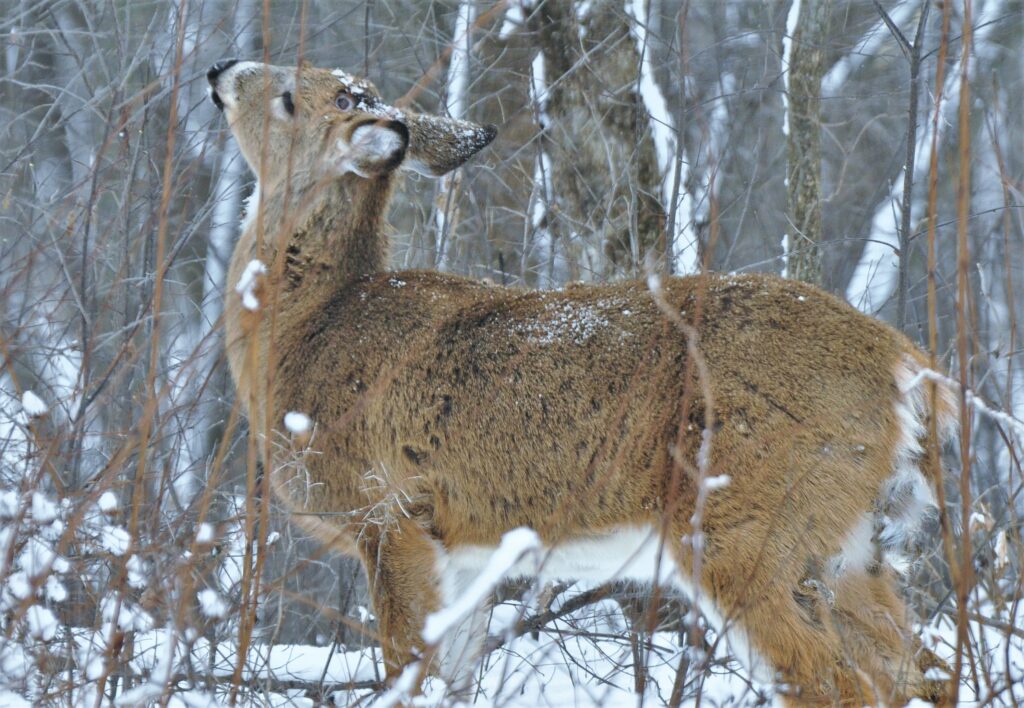
Considering the picture of magnificence the buck had presented just a week and a half earlier, it would now seem somehow disrespectful to shoot him in his present condition. When a smaller buck walked beneath my stand the next afternoon, he seemed so anticlimactic that I decided to let him walk.
It was time for a reality check. The season was ending, and I still hoped to add one more deer to the larder. When a large doe presented a chip shot, I made the most of the opportunity. I was thankful for the venison and equally thankful for the fact that, as far as I know, the former ten-pointer is still completely unaware that I had ever entered his domain.
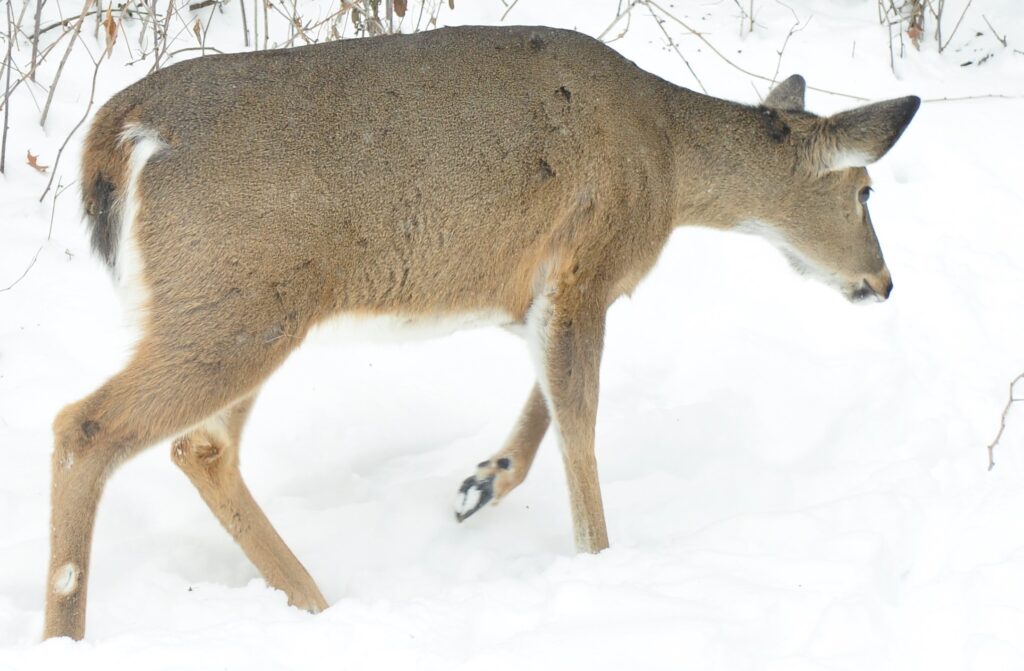
Who knows? By next autumn, the massive ten-point may be even bigger. If so, and if he happens to be utilizing the same isolated woodland, I may get an opportunity to hunt him again. If that happens, I’ll most likely have to dream up a whole new set of excuses of why he’s not wearing my tag.
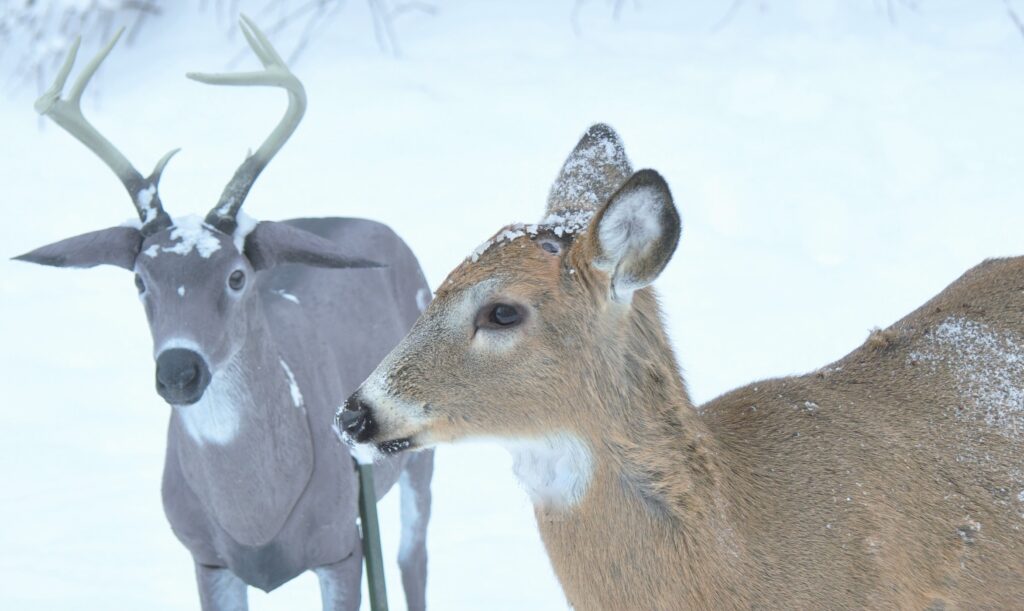

 Tom Cope
Tom Cope Sue Wilkinson
Sue Wilkinson Susan Judkins Josten
Susan Judkins Josten Rudi Roeslein
Rudi Roeslein Elyssa McFarland
Elyssa McFarland Mark Langgin
Mark Langgin Adam Janke
Adam Janke Joe Henry
Joe Henry Kristin Ashenbrenner
Kristin Ashenbrenner Joe Wilkinson
Joe Wilkinson Dr. Tammy Mildenstein
Dr. Tammy Mildenstein Sean McMahon
Sean McMahon